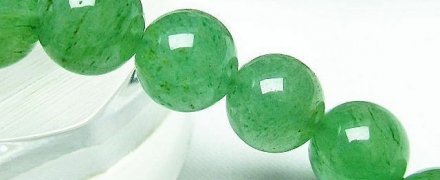open 10 am - 7 pm
laboratory is closed
Indian fakes

Quite often, stones or products with stones purchased in India are brought to our laboratory, and in most cases the stones are fakes. This applies primarily to semi-precious and semi-precious stones. So, recently, for examination was given a statuette of the god Ganesh (pictured) weighing 5 kg, bought in India. When selling the material was specified statuettes - jade. After conducting research, our experts concluded that this material has nothing to do with jade, but is a common fuchsite quartzite (the historical trade name “Indian greed” is not recommended for use) and with signs of additional staining.
Be careful, beware of fakes!
В геммологической практике бывают весьма увлекательные случаи с диагностикой ювелирных вставок
Но помимо редкости цвета и высокой стоимости таких камней, многие розовые камни выделяются одной замечательной особенностью – они проявляют плеохроизм, то есть в зависимости от положения осмотра камня он может иметь дополнительные оттенки – оранжевый или пурпурный.
Currently, gemstones are produced by two fundamentally different technological methods - the High Pressure - High Temperature method (“HPHT”, High-pressure & High-temperature) and the Chemical Vapor Deposition (“CVD”, Chemical vapor deposition) method. The "HPHT" method is the most tested classical synthesis method, which can be used both carbon deposition on diamond from flux melts and catalytic reactions. In "CVD" synthesis, diamond growth occurs on a seed during carbon deposition mainly from a gaseous medium at relatively low temperatures and pressures.
Jewelry and precious stones are just such a category of goods, when buying which you need to pay attention to many criteria.
Sogdianite is a rather rare mineral and more often it can be found as a collection material (moreover, in systematic collections), and it is extremely rare in jewelry.






